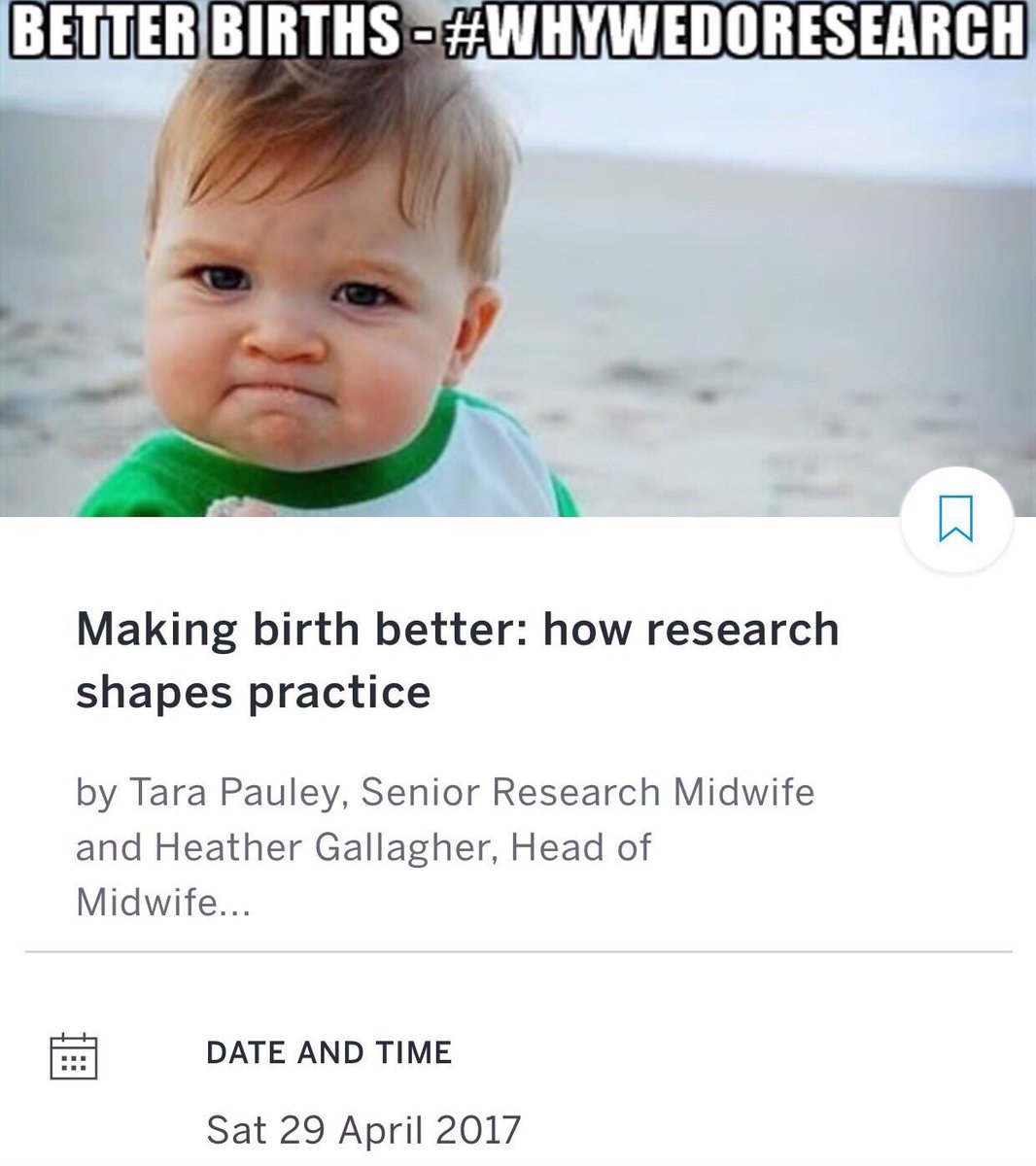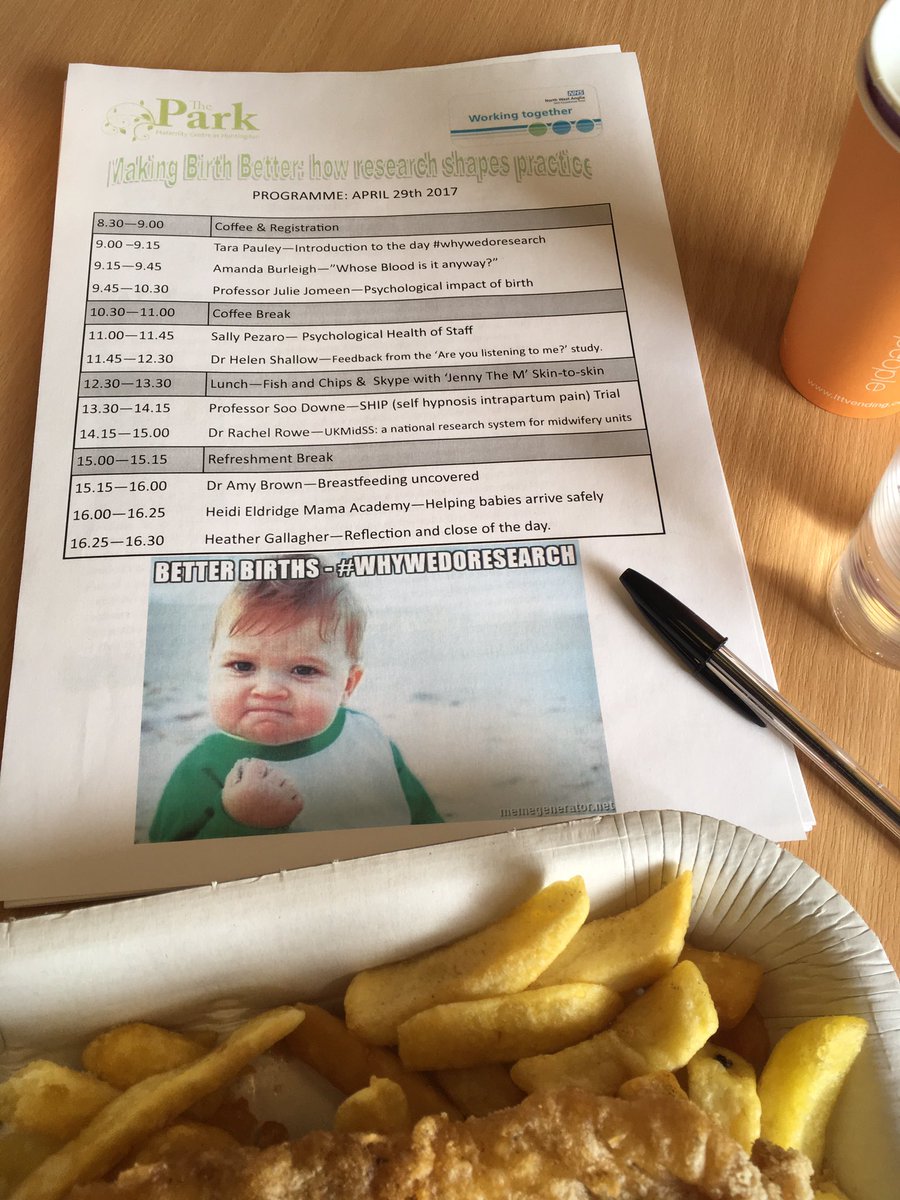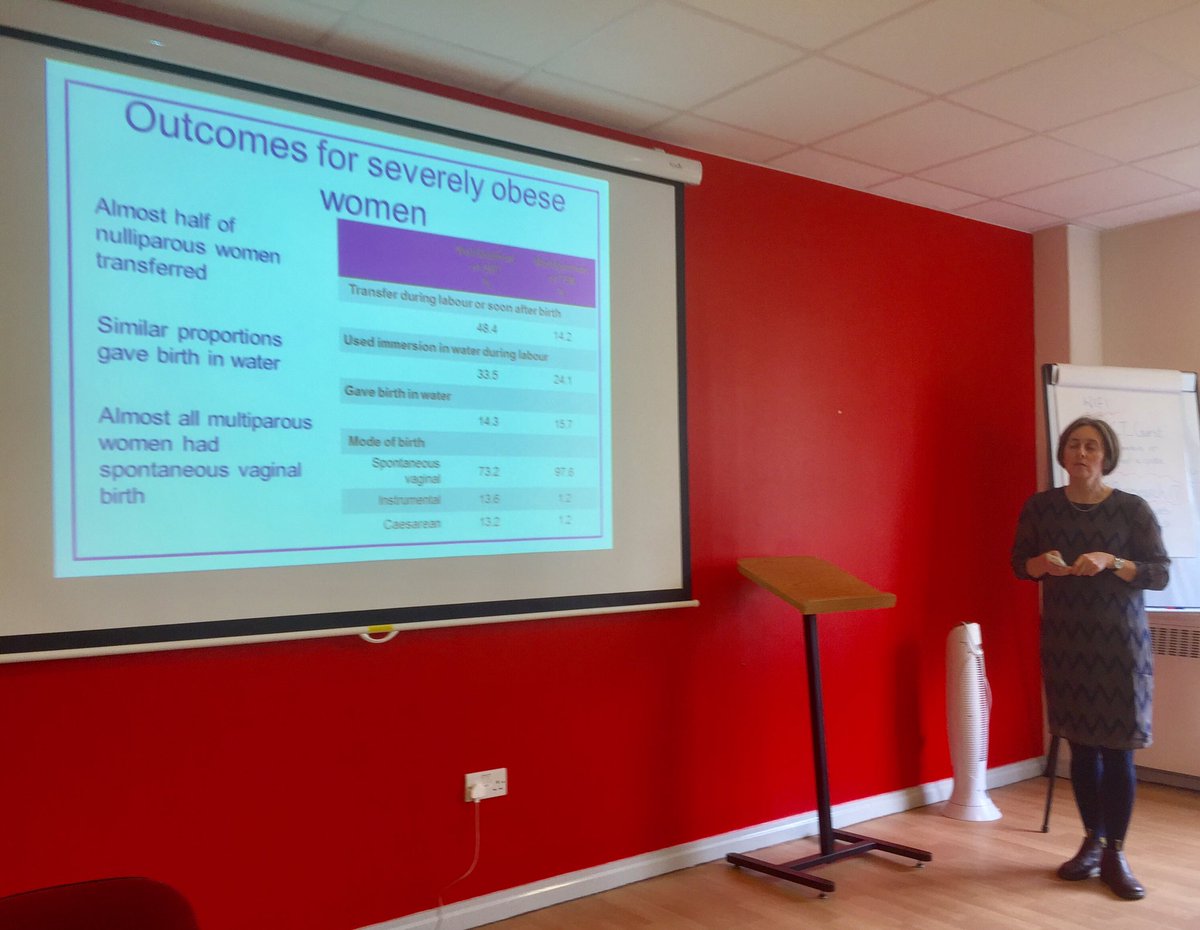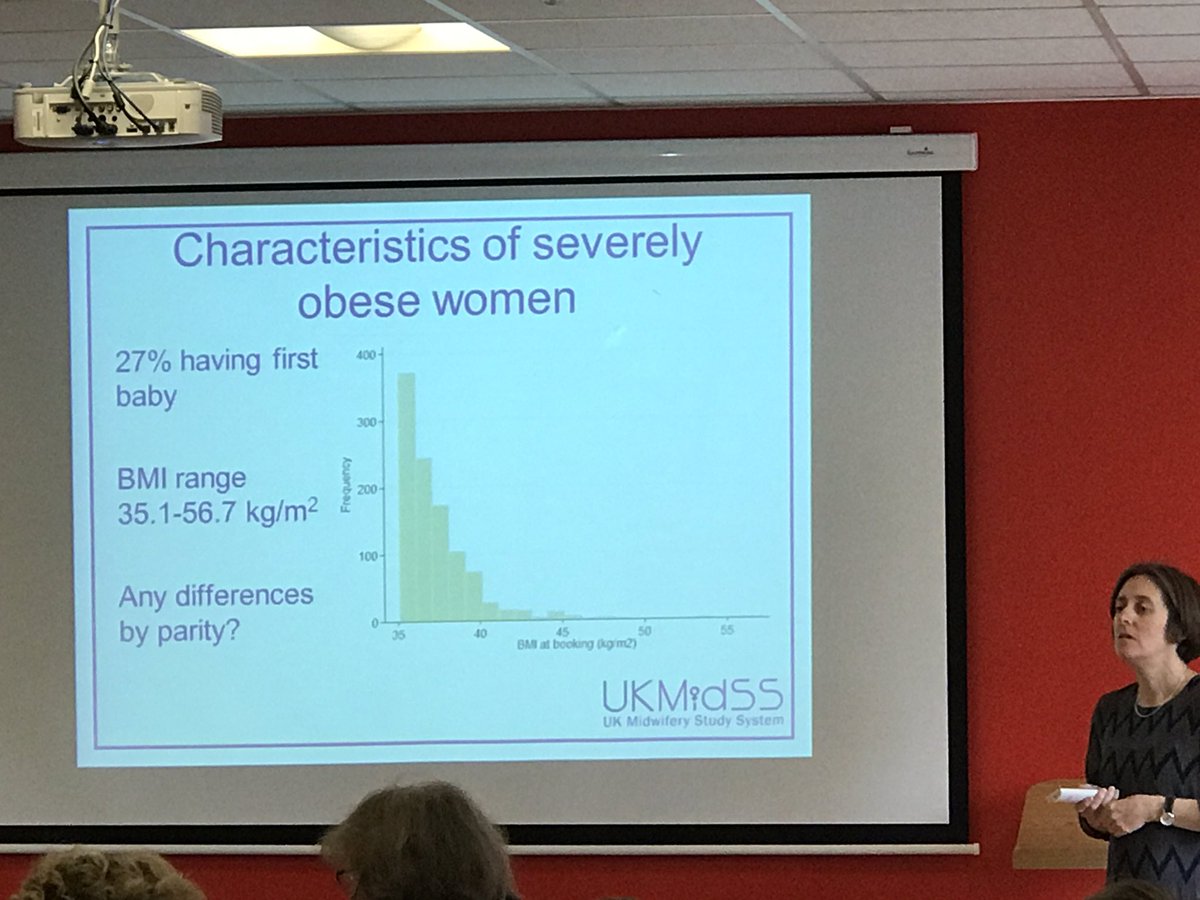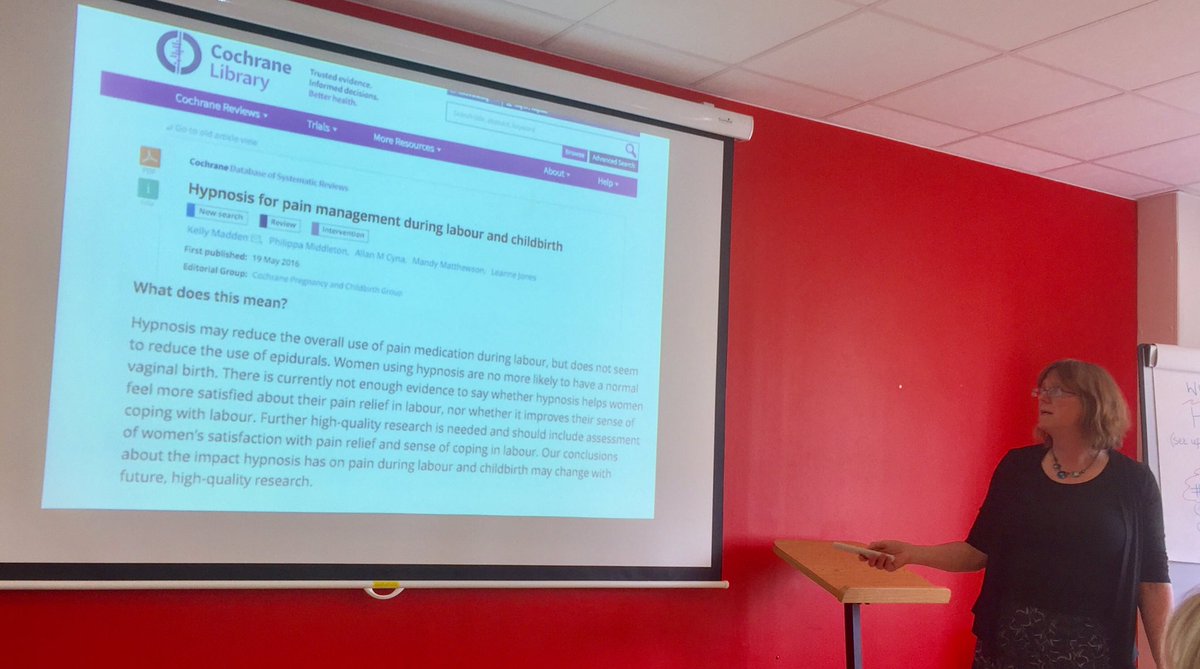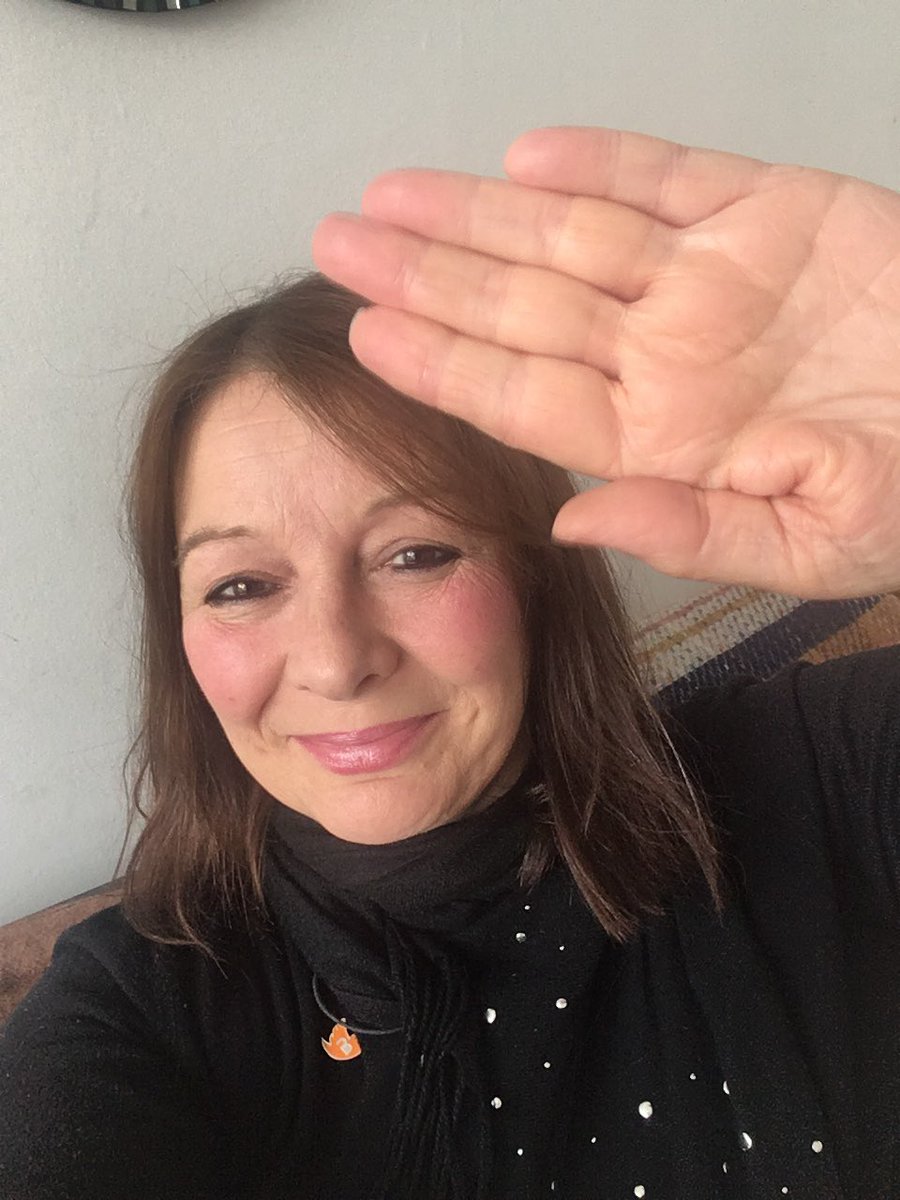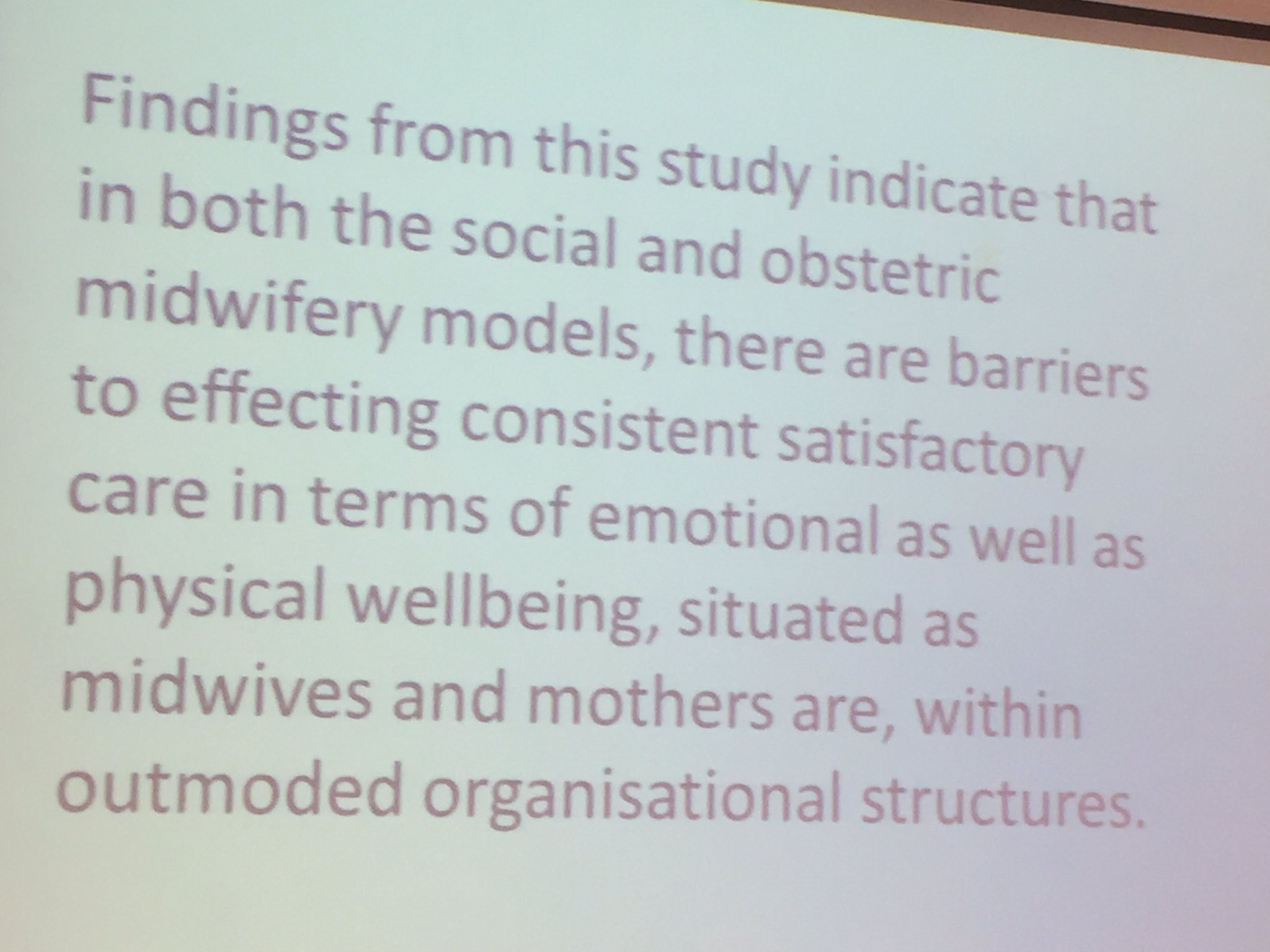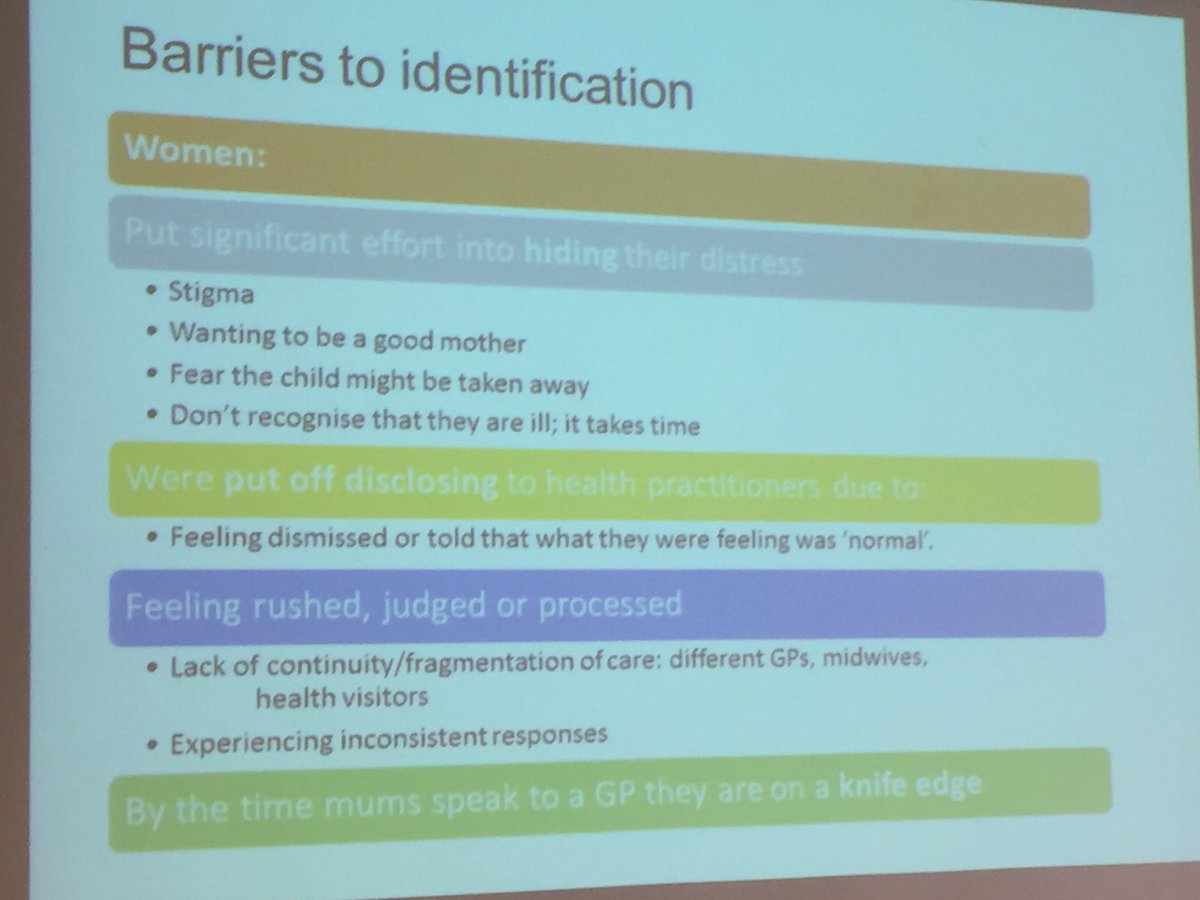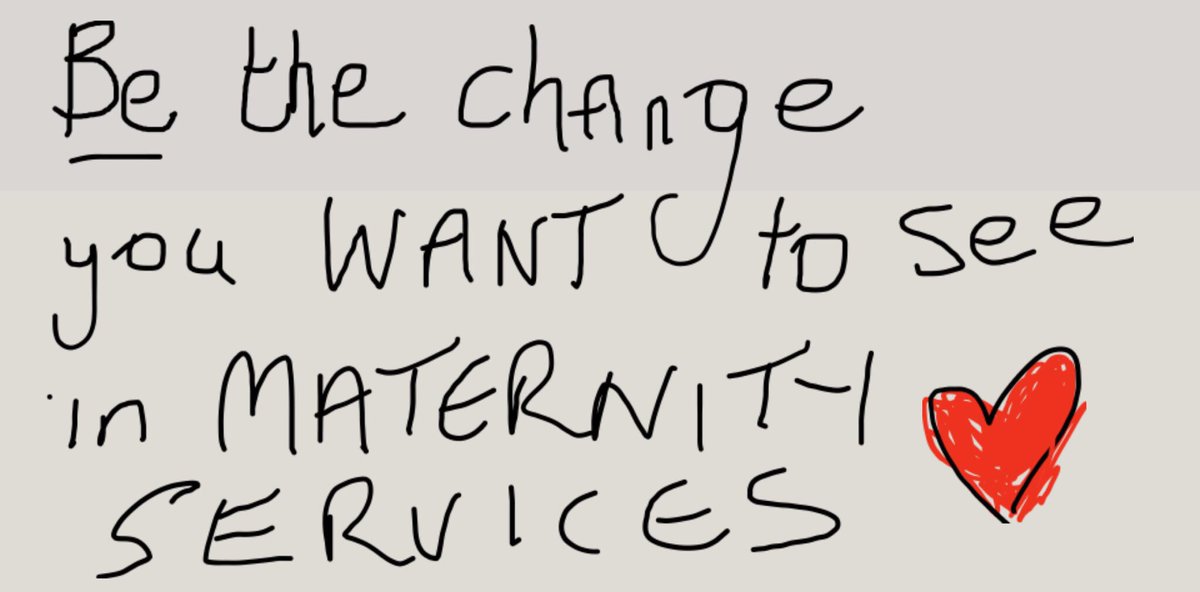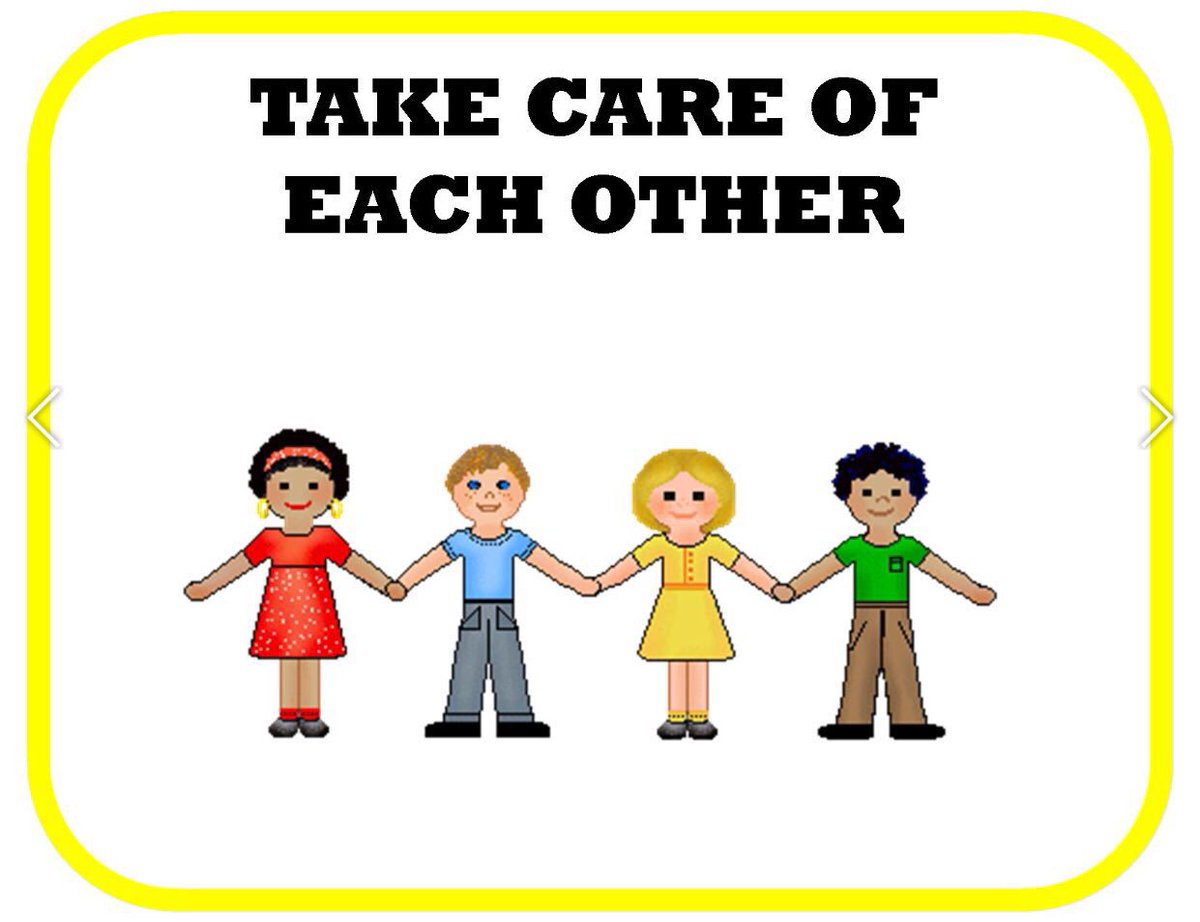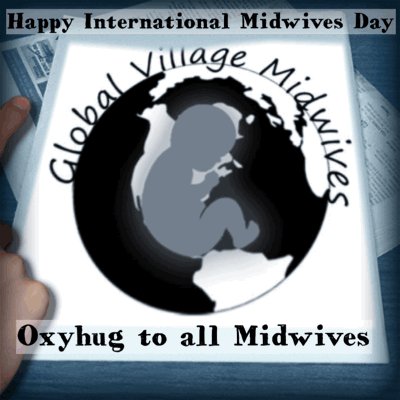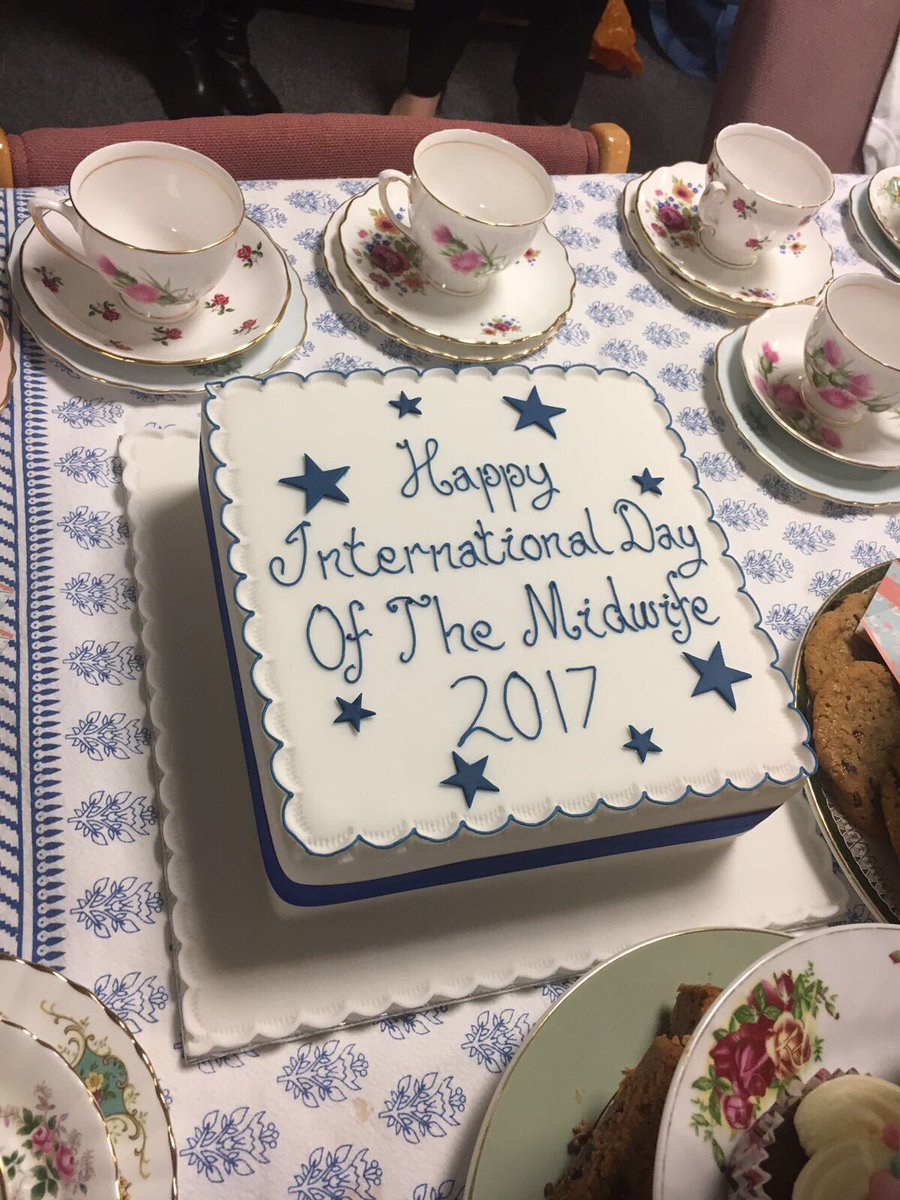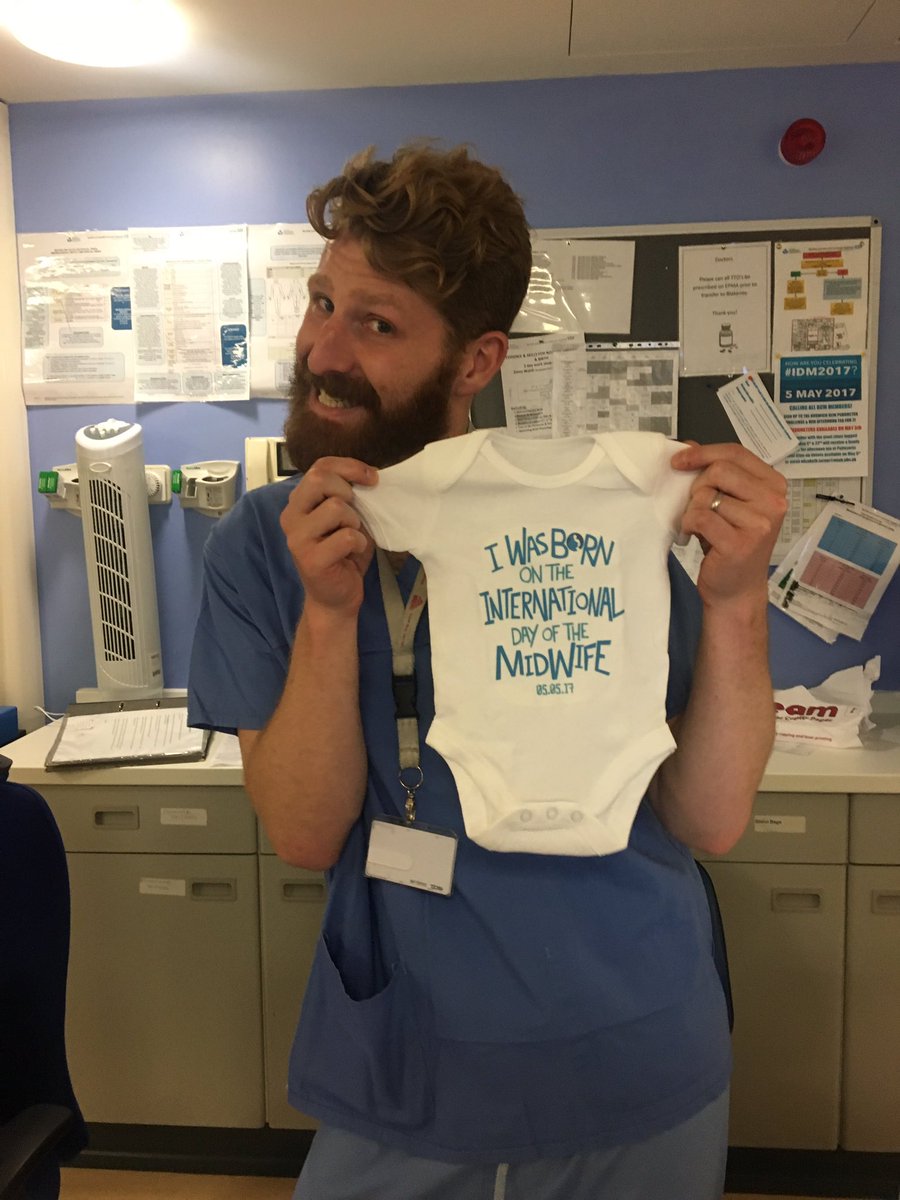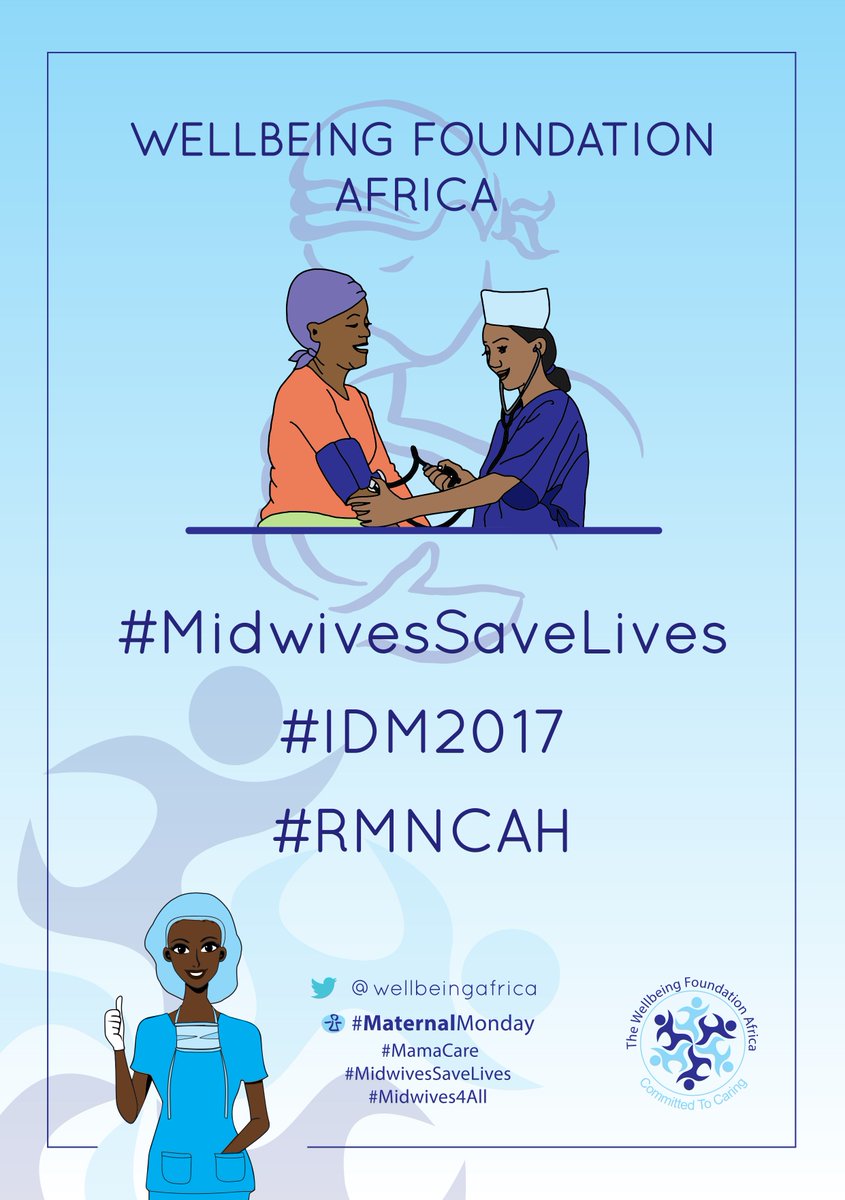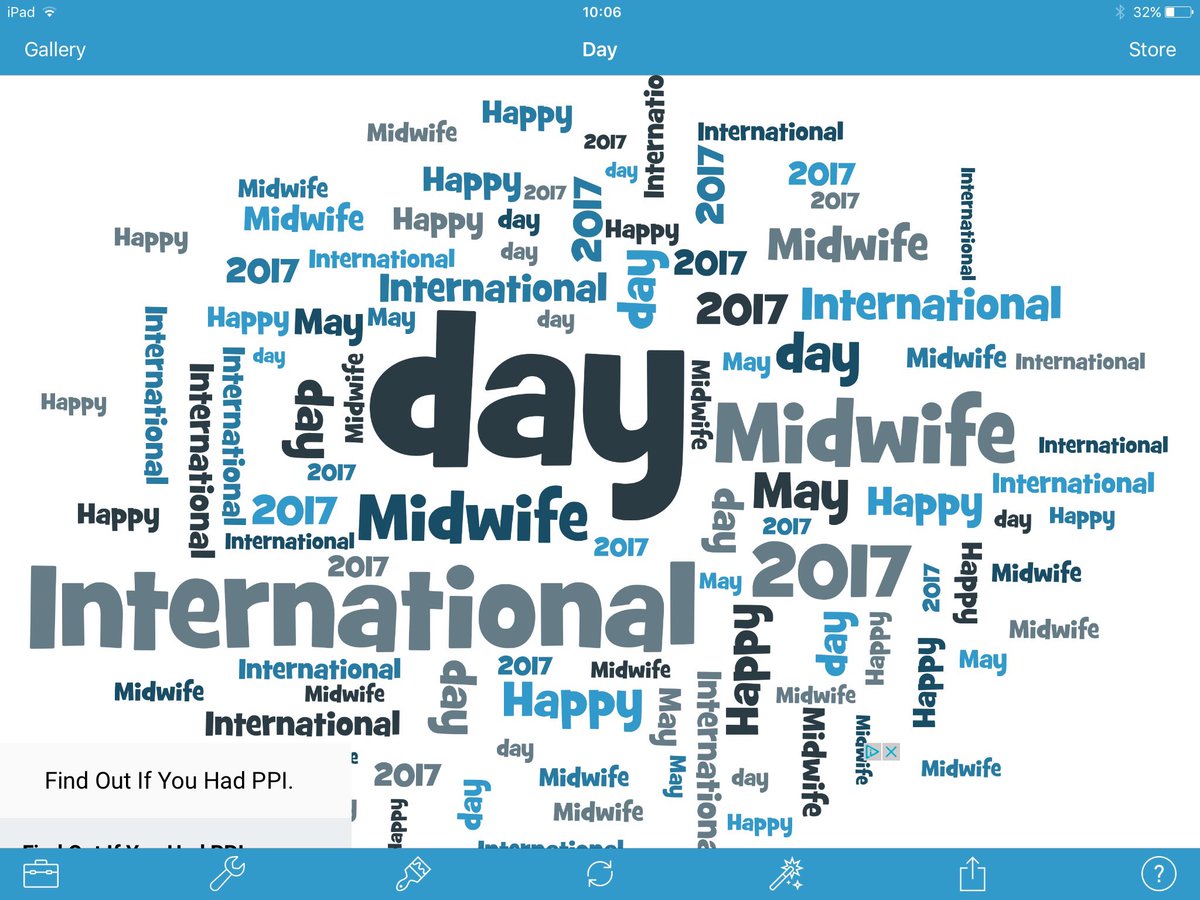New article published here: Oh baby: seven things you probably didn’t know about midwives
…please share it widely!

As I am now coming to the end of my PhD (With lot’s of new and exciting things on the horizon I hope), I have been delving into the depths of the largest global online survey of midwives to date – the voices of over 2470 midwives in 93 countries!
Not only is this really an awesome and very important piece of work… it also holds some quite harrowing findings for our beloved midwifery profession. Yet this report also indicates that – if the voices of midwives are listened to, and if midwives are enabled to overcome gender inequalities and assume positions of leadership – quality of care can be improved for women and newborns globally. Wow….OK…we had better get to work then!
ALSO…
“Professionally, 89% of respondents reported that a clear understanding of what midwifery involves is critical for change to take place. Concerns were also expressed over the perceived devaluing of midwifery combined with the increasing medicalisation of birth.”

Professionally, the participants expressed concern about a lack of understanding of what “midwifery” is, the devaluing of the midwifery profession combined with the increasing medicalisation of birth, and the underlying weakness in midwifery education and regulation.
Now, I don’t claim to be able to fix the world in a day..but there was one thing that I thought I may be able to do from behind my PC. I could get an article published in @ConversationUK about the midwifery profession…perhaps I could even debunk some myths and set the record straight!…
I had my article published…please share it widely via the link below:
Oh baby: seven things you probably didn’t know about midwives
Now I was limited in this article. Limited in words and in how many points I was able to make in one article…editors need to keep their publications engaging!..and so yes…I did not manage to publish everything in this article as I would have liked to…and yes there are many many more myths about midwives that need to be debunked. But I am hoping that this will the a start of a new conversation.
Midwifery is defined as “skilled, knowledgeable and compassionate care for childbearing women, newborn infants and families across the continuum from pre-pregnancy, pregnancy, birth, postpartum and the early weeks of life” and it should be celebrated at every opportunity.
Let’s keep the conversation going around the importance of the midwifery profession. Midwives are crucial to the delivery of high quality maternal and newborn care and subsequent reductions in maternal and newborn mortality around the world. Yet they must be celebrated, respected and supported.
The core characteristics of midwifery include “optimising normal biological, psychological, social and cultural processes of reproduction and early life, timely prevention and management of complications, consultation with and referral to other services, respecting women’s individual circumstances and views, and working in partnership with women to strengthen women’s own capabilities to care for themselves and their families” – Can we start to spread the word on this now please?

If you would like to follow the progress of my work going forward..
Follow me via @SallyPezaro; The Academic Midwife; This blog
Until next time…Look after yourselves and each other

